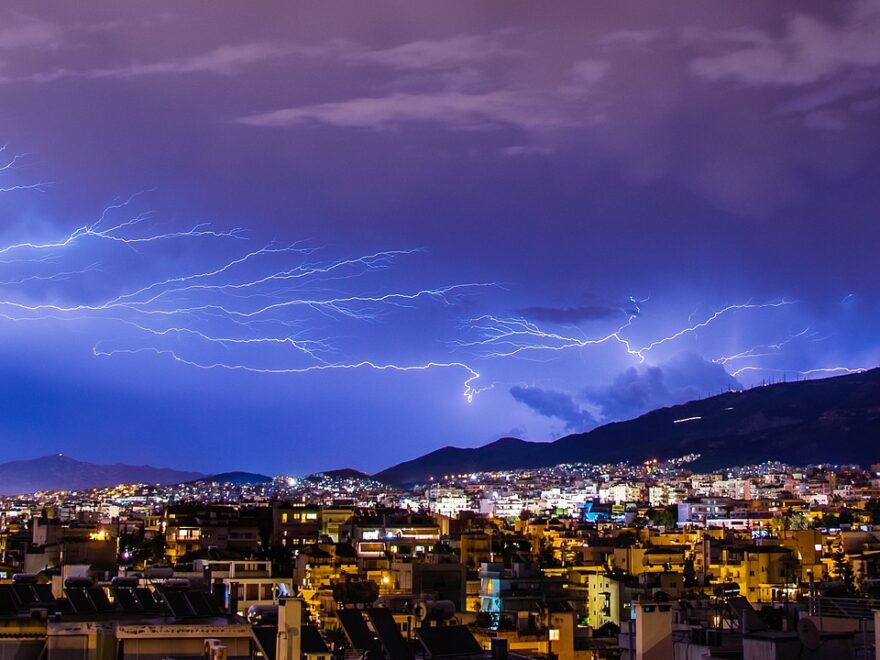Those of us in the south have periods where we get weather outlooks that appear to be severe. This could be from the possibility of tornadoes all the way to impactful snow and ice events that, in the south, 1 inch shut everything down. But those of us who live in these areas struggle with the fundamental issue of dealing with false alarms. People get into a rhythm of not paying attention when severe weather alerts go out due to the number of false alarms. This is something that the National Weather Service has been working on.
How can we ensure that weather fatigue does not become a more serious issue? Education becomes the key. Those with the greatest influence need to start early in the weather seasons to help people understand that there will be outlooks given and that because we cannot always see every possible aspect that could occur given the current weather technology, there will be severe outlooks given that will fail.
We then follow this up with what the weather community is doing to help reduce the number of false positives. The National Weather Service completed a report in 2014(1) that they need to do again. In the report, they verified that the number of false alarms went down by 31% from April 2011 to 2014. I would like to see this report from 2011 to 2022 to see if the false alarm rate went back up or down. Bear in mind that this was only for tornado warnings, not for outlooks. I think that would be an important statistic to look at as well.
As we start to kick in this tornado season, just because the previous outlook may have failed does not mean the next one will, and anytime there is a serious weather outlook, do yourself a favor, and take it seriously. It could just save your life and your family’s life.
Be safe, and God Bless,
-JayF
1 https://www.weather.gov/bmx/research_falsealarms
Special thanks to Bogdan Radu from Pixabay for the amazing image.

